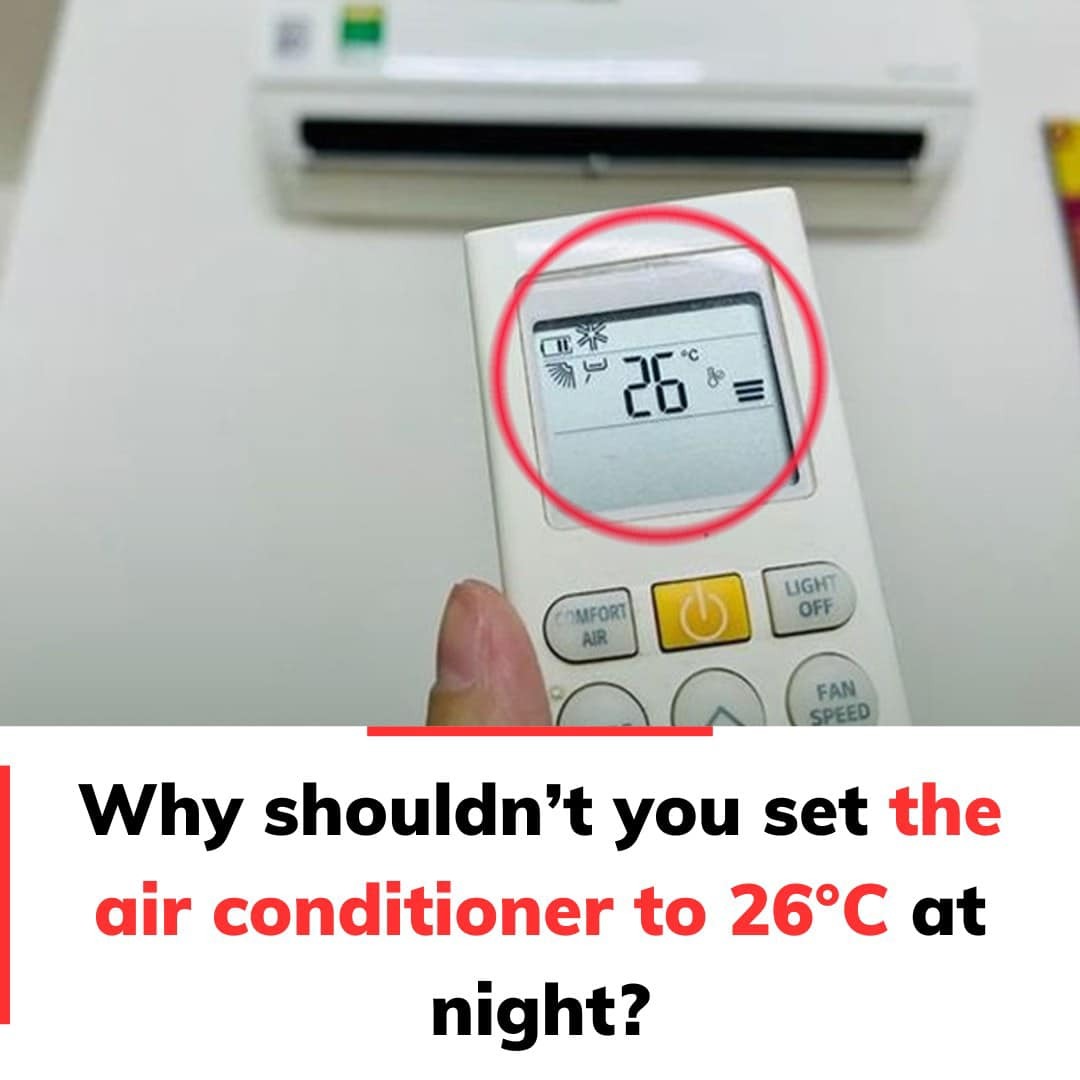There are several compelling reasons why maintaining your air conditioner at 26°C during the night may not be the best choice:
1. Natural Decrease in Body Temperature
As you drift into slumber, your body temperature tends to decrease. While 26°C might feel pleasant during daylight hours, it can become uncomfortably warm as you sleep. This elevated temperature could interfere with your rest, leaving you feeling overheated and restless.
2. Increased Energy Usage
Air conditioning units exert more effort to sustain lower temperatures, particularly when outside conditions cool down at night. Keeping the thermostat set at a steady 26°C demands higher energy consumption, which can lead to increased utility bills. A slight adjustment to around 27-28°C can significantly lower energy usage while still providing adequate comfort.
3. Health Considerations

Exposure to cooler air throughout the night may lead to various health issues such as dry skin and throat discomfort or even respiratory complications. Extended periods of cold air exposure while sleeping can weaken your immune system’s defenses against common colds and other illnesses.
4. Effects on Humidity
Operating an air conditioner at lower settings for prolonged durations can significantly diminish indoor humidity levels, resulting in excessively dry air. This condition may cause dehydration symptoms like dry eyes and nasal passages—especially if the AC is consistently set at a chilly 26°C overnight.
5. Interruption of Sleep Patterns
A room that is too cold might trigger shivering responses from your body, leading to fragmented sleep cycles. Although a setting of 26°C appears moderate on paper, cooler nighttime temperatures can still prove uncomfortable when your body’s core temperature naturally drops during rest.
6. Recommended Nighttime Temperature Settings
Experts generally advocate for adjusting the thermostat between 27°C and 29°C during nighttime hours; this range typically ensures comfort while promoting energy efficiency and minimizing potential health risks.

Leave a Reply